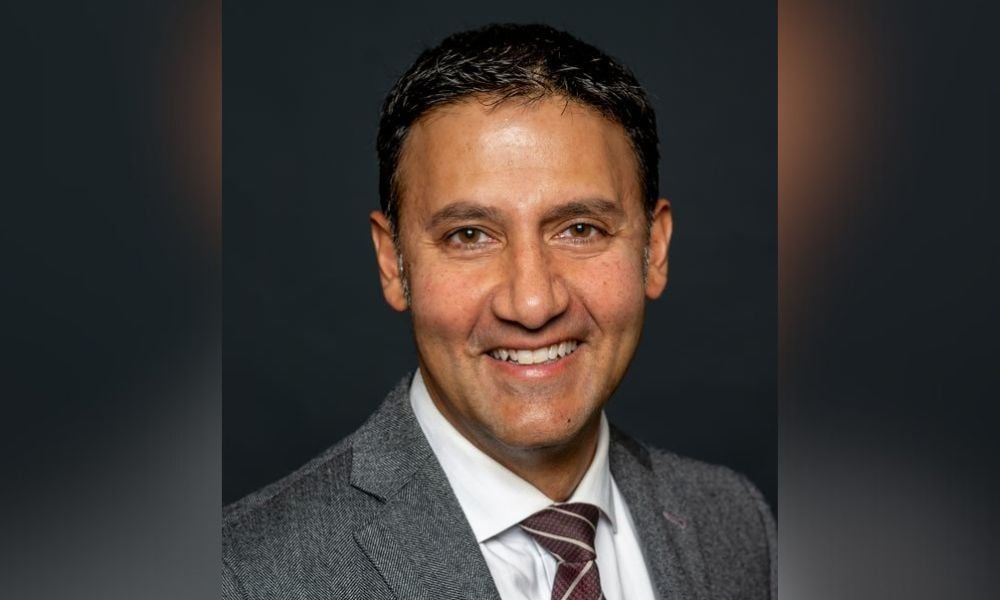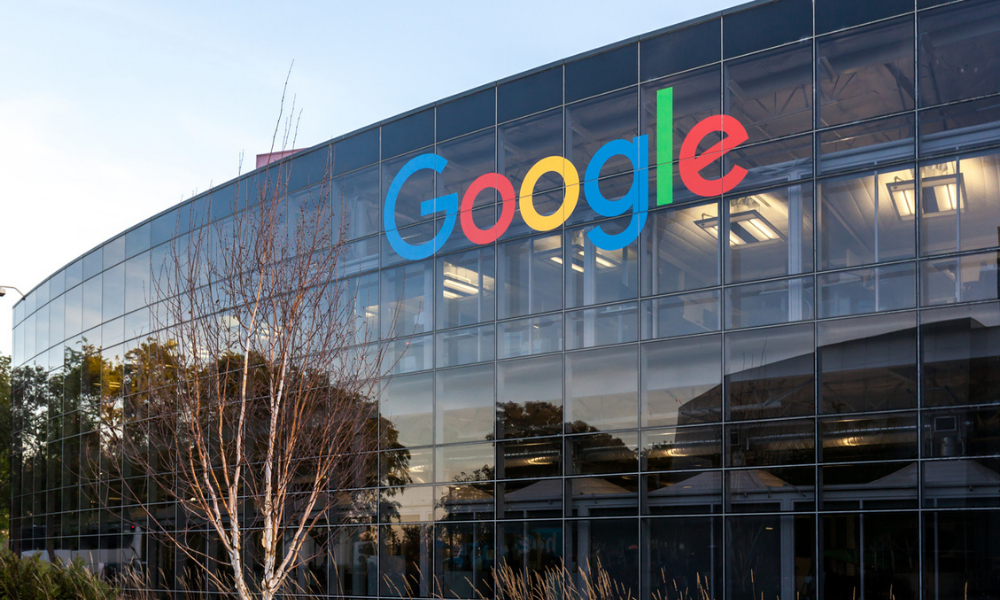How would you feel if you found out you were charged more for your last car purchase than you thought? Or for your house? Unfortunately this is the case when you invest in actively managed equity mutual funds.
Actively managed investment funds are investments that try to pick stocks that will outperform the broad market. In Canada, active managers fail to beat the broad market, as measured by the market index, over 97 per cent of the time over a five-year period, according to Standard & Poor. One of the reasons active managers fail to beat their benchmarks is the “hidden” costs of trading.
A new study, “Shedding Light on ‘Invisible’ Costs: Trading Costs and Mutual Fund Performance” in Financial Analysts Journal, from the University of California (Davis), suggests trading costs the average U.S. mutual fund close to 1.5 per cent; a so-called invisible fee you will not see reported.
Mutual fund companies publish a management expense ratio for each of their funds. The MER is a measure of what it costs an investment company to operate the mutual fund. It is determined through an annual calculation, where a fund’s operating expenses are divided by the average dollar value of its assets under management. Operating expenses are passed on to investors and in turn lower the return of the fund’s clients.
However, mutual fund companies are not required to publish the following costs in the MER: brokerage commissions, bid-ask spread costs, and the price impact costs of trades.
Brokerage commissions: These expenses include the fees associated with buying and selling investments, and monies paid to third parties for research and other related reports. These costs can be significant. Brokerage commissions are actually disclosed by investment firms, however not included in the MER calculation.
Bid-ask spread: This is the amount by which the ask price exceeds the bid price. This is essentially the difference in price between the highest price a buyer is willing to pay for a stock and the lowest price for which a seller is willing to sell it.
Price impact: In addition to paying brokerage commission and bid-ask spreads, the highest cost for actively managed funds is the price impact of their trades. A large position change in the fund typically involves dozens of separate trades that take place over several days. Price impact refers to the fact every time a purchase is made, the next price tends to be a bit higher. By contrast, every time a sale is made, the next price tends to be a bit lower.
The bottom line reason MER costs are higher in actively managed mutual funds is because they constantly buy and sell investments, to try to outperform the broad market (which, as noted, is usually unsuccessful). These high-cost, small-value activities typically result in lower overall investment performance.
Instead of actively managed products, consider buying investments like index tracking exchange traded funds, or other passively managed investment products. They typically have much lower costs, simply because they do not trade their securities as much. The result for you can be a lower cost of investing, and more money in your portfolio at the end of the day.
Actively managed investment funds are investments that try to pick stocks that will outperform the broad market. In Canada, active managers fail to beat the broad market, as measured by the market index, over 97 per cent of the time over a five-year period, according to Standard & Poor. One of the reasons active managers fail to beat their benchmarks is the “hidden” costs of trading.
A new study, “Shedding Light on ‘Invisible’ Costs: Trading Costs and Mutual Fund Performance” in Financial Analysts Journal, from the University of California (Davis), suggests trading costs the average U.S. mutual fund close to 1.5 per cent; a so-called invisible fee you will not see reported.
Mutual fund companies publish a management expense ratio for each of their funds. The MER is a measure of what it costs an investment company to operate the mutual fund. It is determined through an annual calculation, where a fund’s operating expenses are divided by the average dollar value of its assets under management. Operating expenses are passed on to investors and in turn lower the return of the fund’s clients.
However, mutual fund companies are not required to publish the following costs in the MER: brokerage commissions, bid-ask spread costs, and the price impact costs of trades.
Brokerage commissions: These expenses include the fees associated with buying and selling investments, and monies paid to third parties for research and other related reports. These costs can be significant. Brokerage commissions are actually disclosed by investment firms, however not included in the MER calculation.
Bid-ask spread: This is the amount by which the ask price exceeds the bid price. This is essentially the difference in price between the highest price a buyer is willing to pay for a stock and the lowest price for which a seller is willing to sell it.
Price impact: In addition to paying brokerage commission and bid-ask spreads, the highest cost for actively managed funds is the price impact of their trades. A large position change in the fund typically involves dozens of separate trades that take place over several days. Price impact refers to the fact every time a purchase is made, the next price tends to be a bit higher. By contrast, every time a sale is made, the next price tends to be a bit lower.
The bottom line reason MER costs are higher in actively managed mutual funds is because they constantly buy and sell investments, to try to outperform the broad market (which, as noted, is usually unsuccessful). These high-cost, small-value activities typically result in lower overall investment performance.
Instead of actively managed products, consider buying investments like index tracking exchange traded funds, or other passively managed investment products. They typically have much lower costs, simply because they do not trade their securities as much. The result for you can be a lower cost of investing, and more money in your portfolio at the end of the day.







